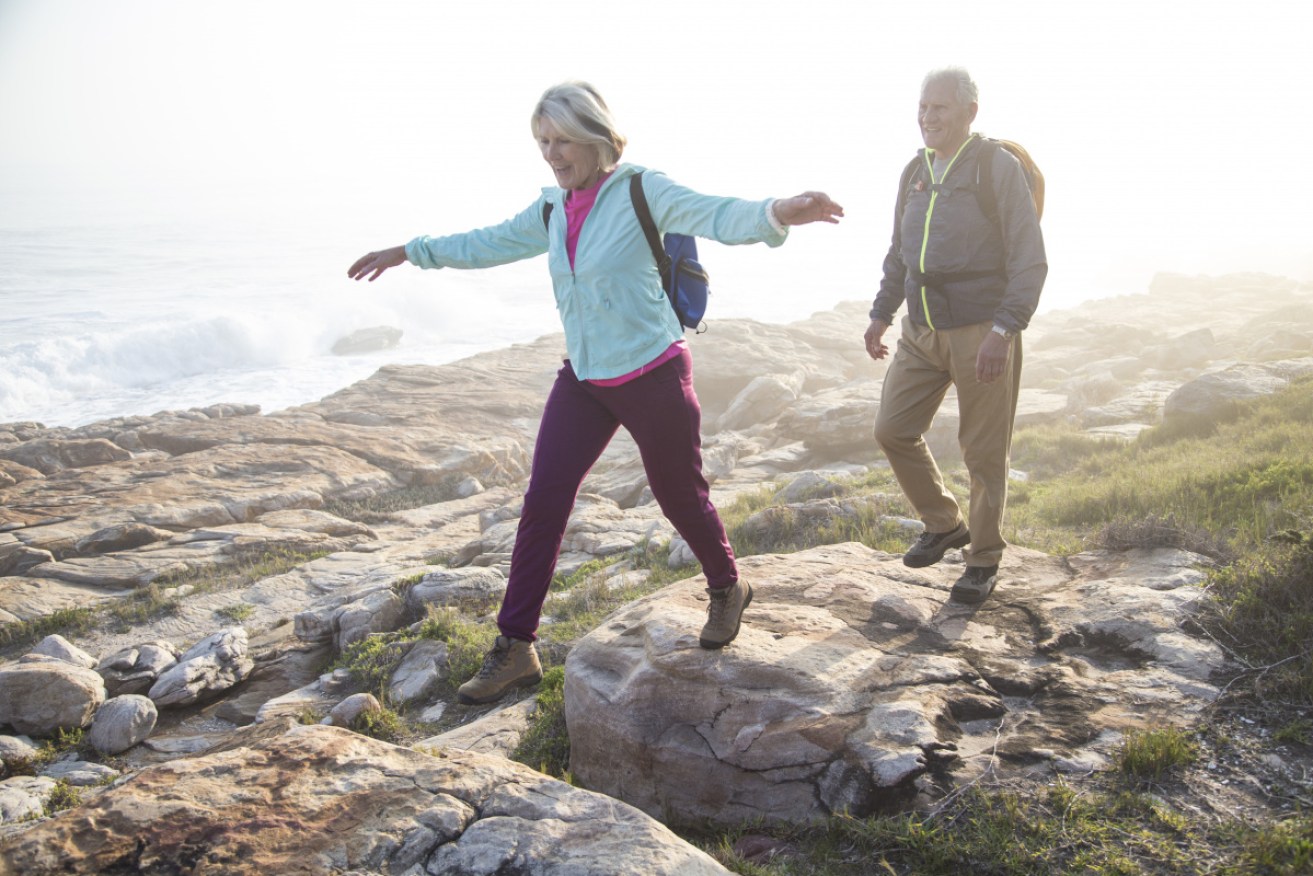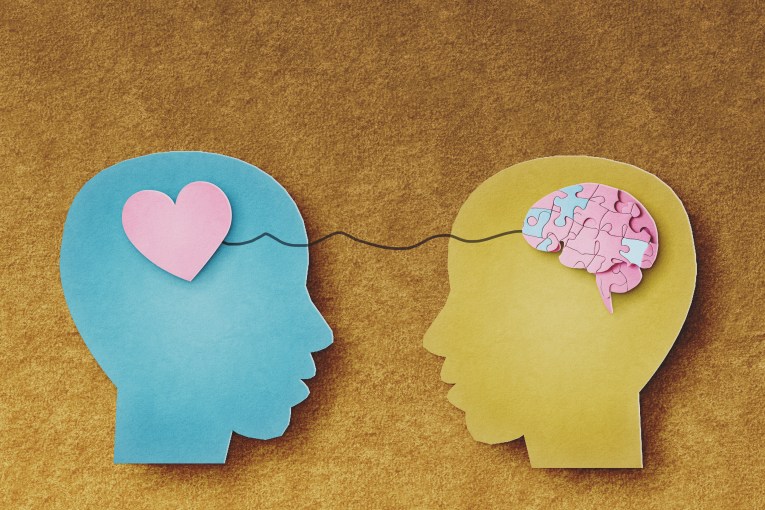Evolution says so: Why we need to be more active as we age


We're meant to live long and helpful lives. Evolution says so. Photo: Getty
Most people have stopped breeding by the time we reach 50. From an evolutionary point of view, we’ve done our duty by keeping our genes in the great pool of life.
This makes our ongoing lives surplus to requirements – and yet we go on to live another 20, 30 or even 40 years.
This is odd, because we’re meant to be physically slowing down, right? We’re meant to be taking it easy?
A fascinating new theory from evolutionary biologists and biomedical researchers at Harvard suggests that humans evolved to be active in their later years – to sustain a longer lifespan and ‘healthspan’.
According to ‘the active grandfather hypothesis’, physical activity later in life “shifts energy away from processes that can compromise health and toward mechanisms in the body that extend it”.
In other words, we’re meant to stay physically active, which protects against heart disease, cancers and problems such a type 2 diabetes.
But why?
Presumably, as social animals, in order to keep ourselves useful by helping out with raising our demanding youngsters. But there’s also the question of ‘wise authority’.
Older people tend to be psychologically healthier than younger people, in that they develop a ‘big picture’ view of life based on acquired perspective.
But to have some authority with their messaging to go-getting youngsters requires some physical vigour and confidence – and that comes from being active.
More than a pep talk
“It’s a widespread idea in Western societies that as we get older, it’s normal to slow down, do less, and retire,” said the study’s lead author, Professor Daniel Lieberman.
“Our message is the reverse: As we get older, it becomes even more important to stay physically active.”
The whole thing smacks of a pep talk from your GP.
But fossil evidence indicates that these extended lifespans “were common 40,000 years ago, contrary to the belief that human lifespans until recently were short”.
This certainly suggests we have evolved to live longer – from when Homo sapiens first appeared about 300,000 years ago in an archaic form. Modern Homo sapiens emerged about 160,000 years ago.
That we live longer today tends to be ascribed to better diet and health care – but that’s a complicated issue because, as The New Daily has previously reported, the Western diet, including that consumed by Australians, isn’t so healthy. See here, here and here.
Once we were couch potatoes
An intriguing part of this new theory is that we actually “evolved from couch potatoes” – and we’re no longer built to be couch potatoes.
This idea came from studying our ape cousins, “which usually live only about 35 to 40 years in the wild and rarely survive past menopause”.
They’re considerably less active than most humans, “suggesting that there was selection in human evolution not just to live longer but also to be more physically active”.
“We evolved basically from couch potatoes,” said Professor Lieberman, who has twice observed wild chimpanzees in Tanzania and been surprised by how much of their day is spent “sitting on their butts, digesting”.
By comparison, contemporary hunter-gatherers average about 135 minutes of moderate to vigorous physical activity a day.
This level of movement is “thought to be a key reason hunter-gatherers who survive childhood live about seven decades, approximately 20 years past the age at which humans stop having children, and also enjoy a longer ‘healthspan’, which is defined as the years of life spent in good health”.
Researchers examined two pathways by which lifelong physical activity reallocates energy to improve health.
The first involves “steering excess energy away from potentially harmful mechanisms, like excess fat storage”.
The second mechanism is how physical activity allocates energy to repair and maintenance processes”.
The paper shows that besides burning calories, physical activity is physiologically stressful, causing damage to the body at the molecular, cellular, and tissue levels.
The body’s response to this damage, however, “is essentially to build back stronger”.
The authors say this includes repairing tears in muscle fibres, repairing cartilage damage, and healing microfractures.
The response also causes the release of exercise-related antioxidants and anti-inflammatories, and enhances blood flow.








